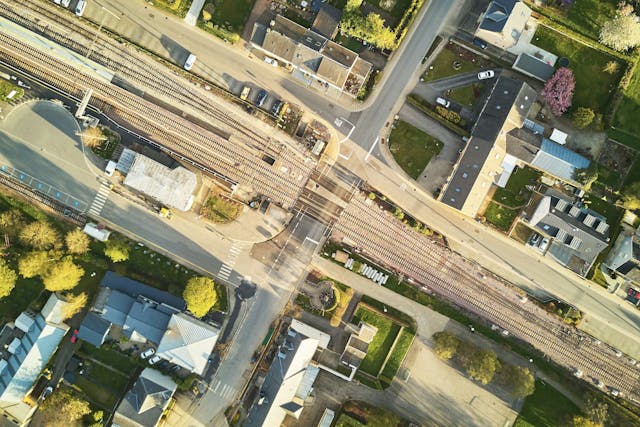Asbestos in Luxembourg: a problem to be solved

Mark König, Unsplash
The issue of safe disposal of asbestos, a hazardous building material, has become an important topic in Luxembourg. In response to a parliamentary enquiry about the current situation with asbestos disposal, the Minister of Environment, Climate and Biodiversity, Serge Wilmes, presented a status report.
At present, Luxembourg has no facilities for the treatment and disposal of waste containing asbestos. This means that the entire volume of this hazardous waste - about 6,000 tonnes annually - is sent abroad. The main countries receiving these wastes are France, Germany and Belgium, where specialised landfills for asbestos disposal operate.
Article 26 of the Waste Management Law of 21 March 2012 requires a mandatory building materials inventory before demolition of buildings containing asbestos, so that hazardous components can be identified and removed separately. However, there is no central register of buildings with asbestos in the country. Responsibility for following these procedures rests with facility owners and contractors, and reports may be requested by the Environmental Administration.
The main challenge is the lack of domestic solutions for asbestos processing, which increases Luxembourg's dependence on foreign facilities and increases the costs of logistics and compliance with international regulations. The need for increased data transparency and a unified register of buildings containing asbestos to better manage public health risks is also raised.
The Minister noted that work is ongoing to assess and find solutions, but the current situation requires enhanced action to create a sustainable waste management system for the future.
Luxembourg urgently needs to develop its own capacity to process hazardous waste and introduce a more systematic approach to control and inventory of asbestos in old buildings. Otherwise, the country will continue to rely on costly waste exports, which may create additional environmental and economic risks in the long term.





